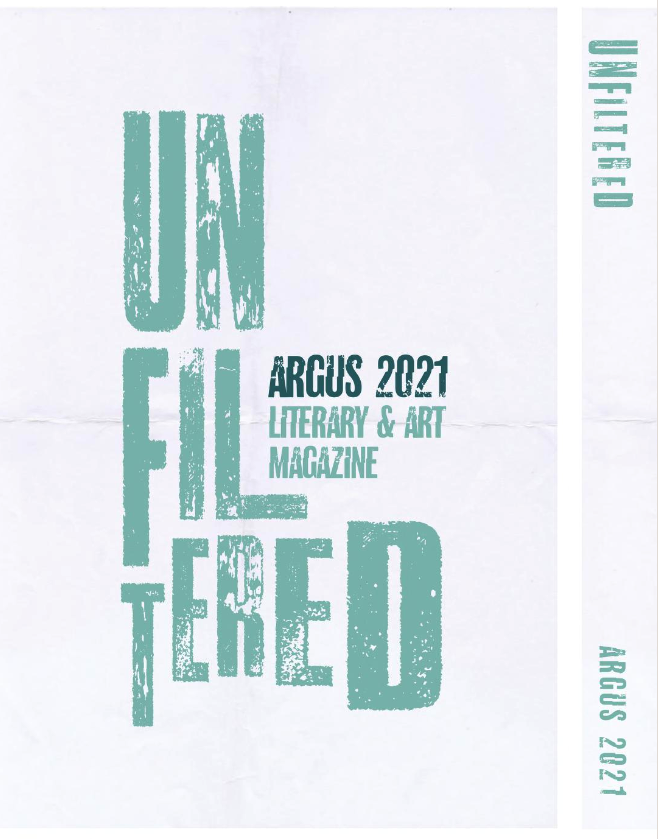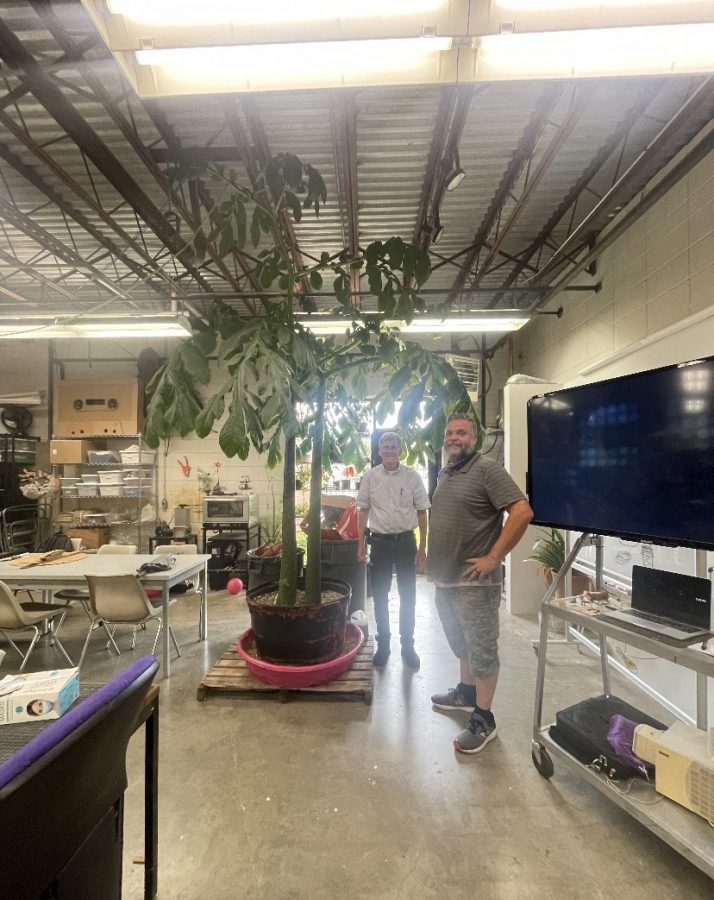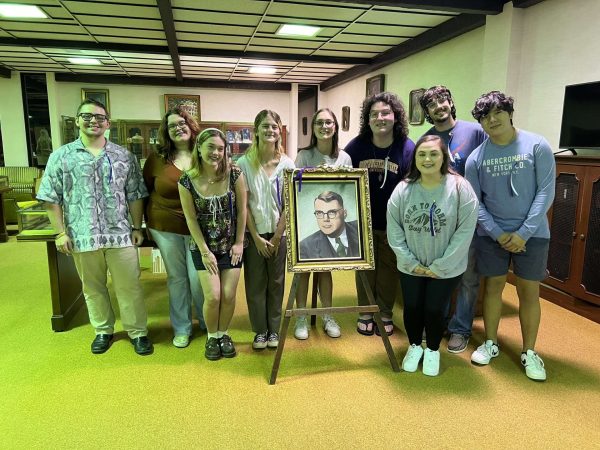Mr. Stinky: a natural wonder
Mr. Stinky, now in his dying down stage, is residing in the Creative and Performing Arts building in Corbin Covher’s room, associate professor of art and facilities manager for the Department of Fine and Graphic Arts.
People have traveled and sat in front of a screen for a chance to get a glimpse of the infamous Mr. Stinky, the rare amorphophallus titanum plant on Northwestern State University of Louisiana’s campus.
The amorphophallus titanum originated from Barnio in the tropical areas, South Central Africa.
Mr. Stinky’s history starts with Millard Mangrum, assistant professor of biology, John Byrd, assistant professor of biology and Sam Marshall, associate professor of biology.
Mangrum stated that he is a plant enthusiast and when he came across this plant, he decided he would like to have it. He also mentioned Byrd and Marshall went into this project with him.
Byrd and Marshall are no longer associated with this project because as Mr. Stinky spiked up, he outgrew his place at Bienvenu Hall and had to be placed in a larger facility.
Mr. Stinky is now residing in the Creative and Performing Arts building in Corbin Covher’s room, associate professor of art and facilities manager for the Department of Fine and Graphic Arts.
“The project came to be in 2008 to 2009 when I ordered a small corm, that is like a gladiolus or a bulb,” Mangrum said.
He stated that Mr. Stinky specifically is an extremely rare plant.
“They are endangered for the most part, because of farming and other types of industrialization,” said Mangrum.
Unlike many other plants, Mr. Stinky will grow more than eight feet tall and then collapse in order to restore its energy.
“The quiescent phase or the die down phase is only a month and a half to two months long, then the cycle starts over again,” says Mangrum.
When it dies down and is preparing to grow again, it is prepping for the blooming season which will take five to six years.
Once it has bloomed it will only remain open for 48 hours, then it will close.
During this period of time that the flower is open it begins to smell like, as Mangrum said, “rotting flesh.”
Magnum explained the odor is the plant’s way of bringing in flies and bees to pollinate it.
“I tried to stay up here for hours to draw it and the air was thick and potent that I was unable to,” Covher said.
Since it Mr. Stinky does not self pollinate, it has to have another flower in order to bring in fresh pollen.
Magnum stated that In order for the plant to remain healthy it must be purged with twenty to thirty gallons of distilled water.
“It’s in a 45 gallon pot right now, and that’s how much soil is in there right now,” said Mangrum.
Mr. Stinky is beginning its die down phase and will bloom again in five to six years.
Clarification – Sept. 29, 2021
The photo cutline was edited to clarify the picture depicts Mr. Stinky in his dying down phase.


























